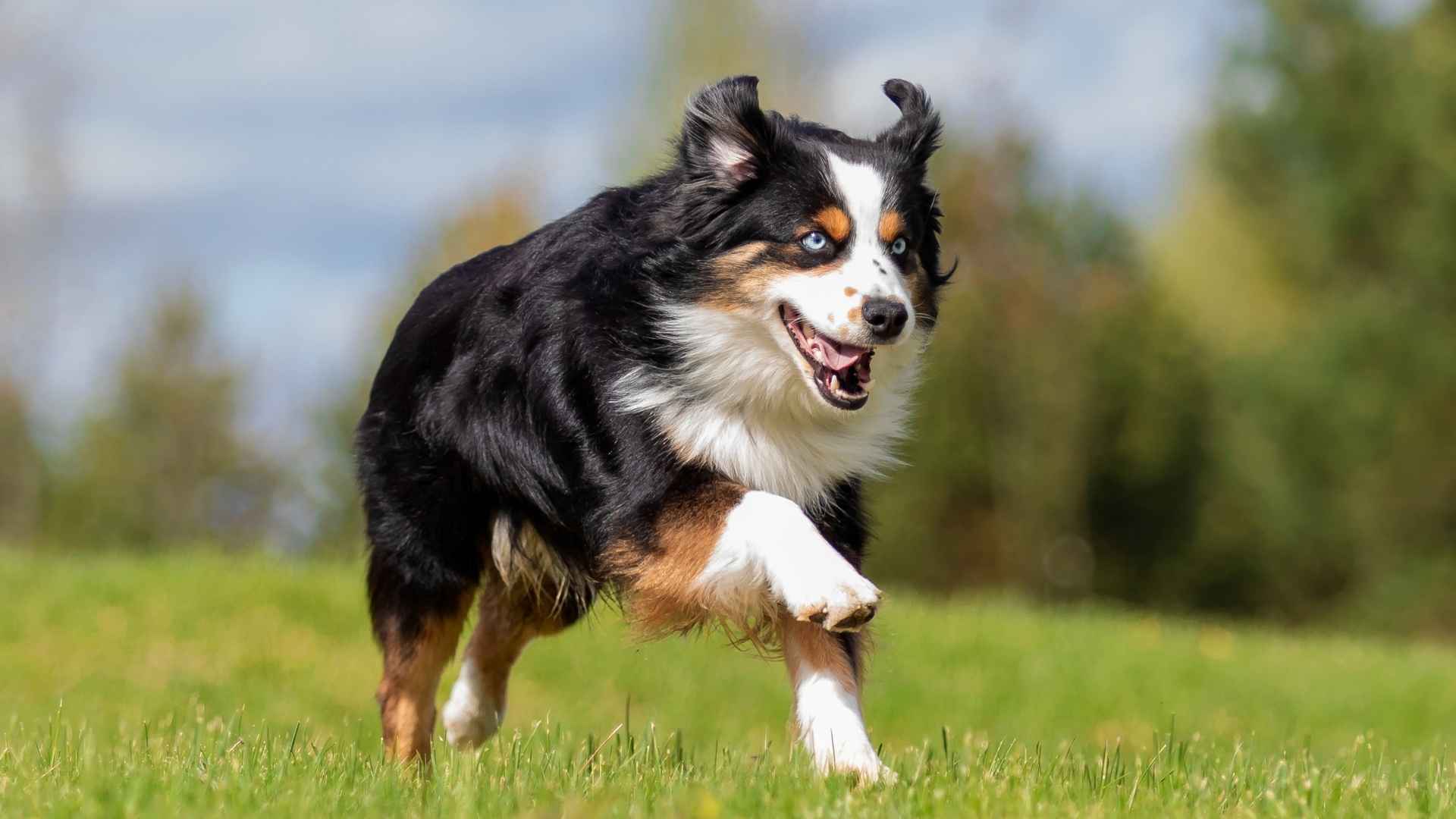If your idea of a perfect weekend includes hiking trails, beach runs, and backyard adventures, you’ll need a dog who can keep up—and maybe even outpace you! Active dog breeds aren’t just energetic—they thrive on motion, mental stimulation, and nonstop fun. These four-legged athletes were born to run, chase, play, and explore.
Active dogs are the perfect partners for people who hate sitting still. But they’re not just about physical energy—these breeds are smart, alert, and love a good challenge. Think of them as your personal fitness coach, cheerleader, and best friend, all wrapped into one wiggly, tail-wagging package.
We’ll introduce you to the most active dog breeds on the planet. You’ll learn which ones need hours of daily play, which love dog sports, and how to keep their energy well-balanced with love and structure. So lace up your sneakers and get ready—these dogs are not for the couch potatoes!
Most Active Dog Breeds
1. Border Collie
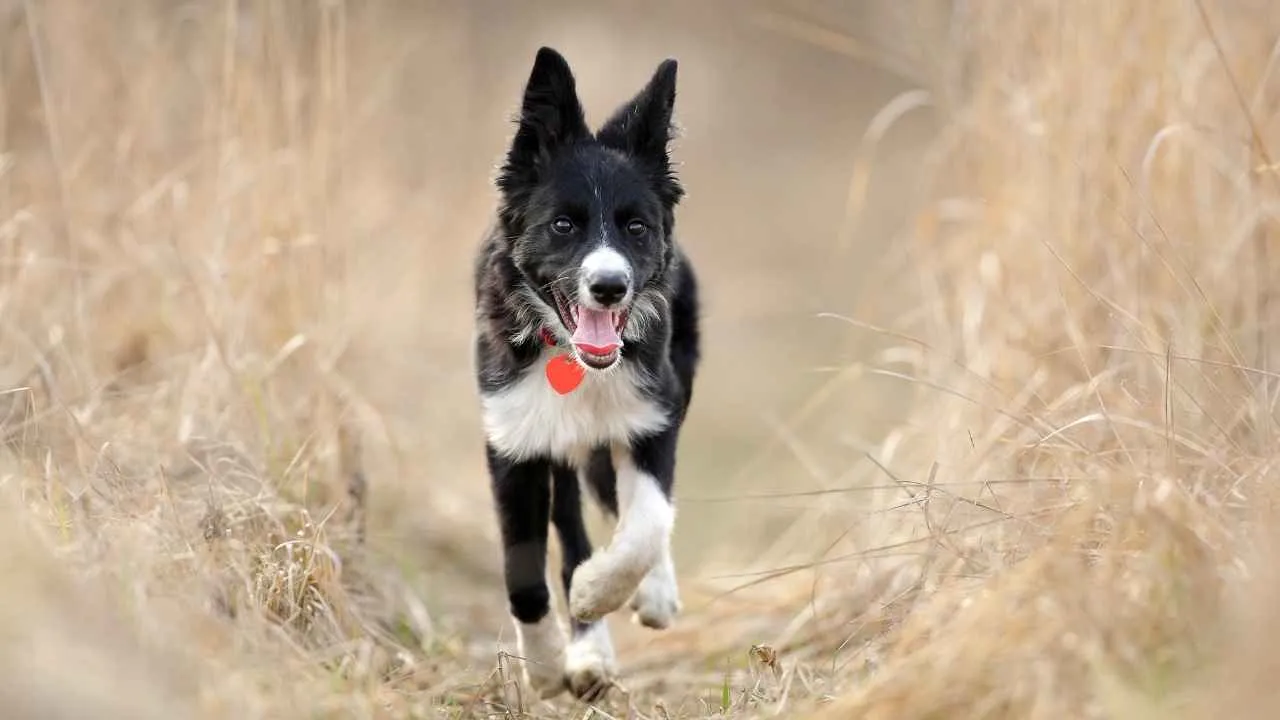
You know that one friend who can’t sit still, finishes your sentences, solves Rubik’s cubes for fun, and senses drama from a mile away? That’s the Border Collie. Often dubbed the smartest dog breed, this high-energy breed isn’t just active—it’s hyper-intelligent with a work ethic that would make your boss jealous.
Border Collies usually weigh between 30 and 55 pounds and stand about 18 to 22 inches tall. They commonly have a medium-length, wavy double coat, although short-haired varieties are also frequently seen.
They’ll herd your kids, your chickens, your Roomba—whatever moves. Border Collies are so noise-sensitive that they might alert you not just to visitors, but also to the squirrel sneezing three houses away. Thunderstorms? Fireworks? They have thoughts. And barks. Many barks.
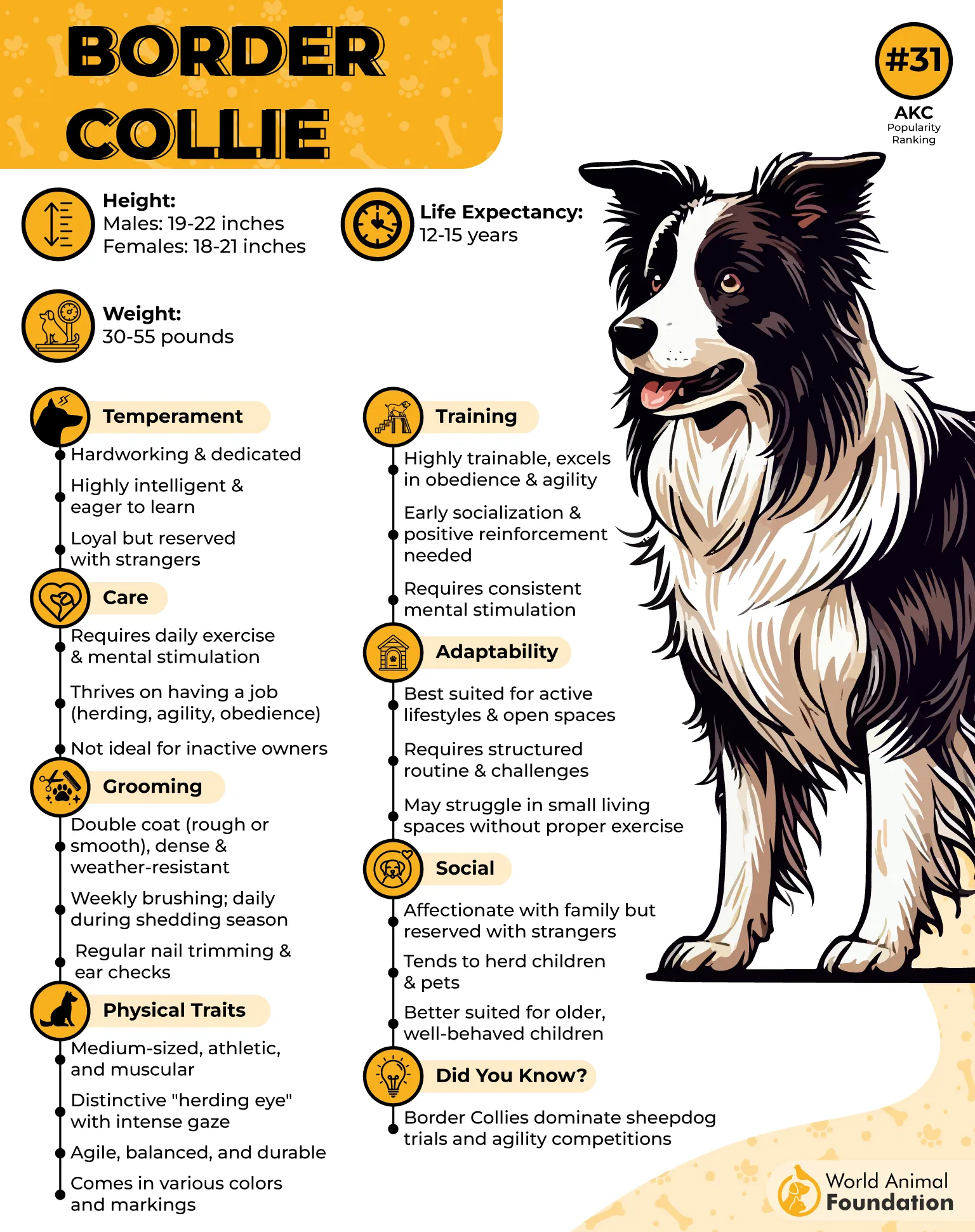
Border Collies require a minimum of one to two hours of daily exercise, particularly during their younger years. As they age and potentially face mobility challenges like arthritis, senior Border Collies may only need around 30 minutes of activity each day.
Border Collies have a double coat that sheds moderately throughout the year, but they experience heavier shedding twice annually—in the spring and fall—as they adjust their coat for the changing seasons.
Pros of having this active breed
Extremely intelligent and quick learners
Loyal and eager to please
Excellent watchdogs—alert and observant
Great for dog sports and mental stimulation activities
Cons of having this active breed
Needs constant mental and physical stimulation
Prone to herding behaviors (may herd kids, pets, or even you)
Can be anxious or reactive to noise
Not suited for sedentary households
2. Labrador Retriever
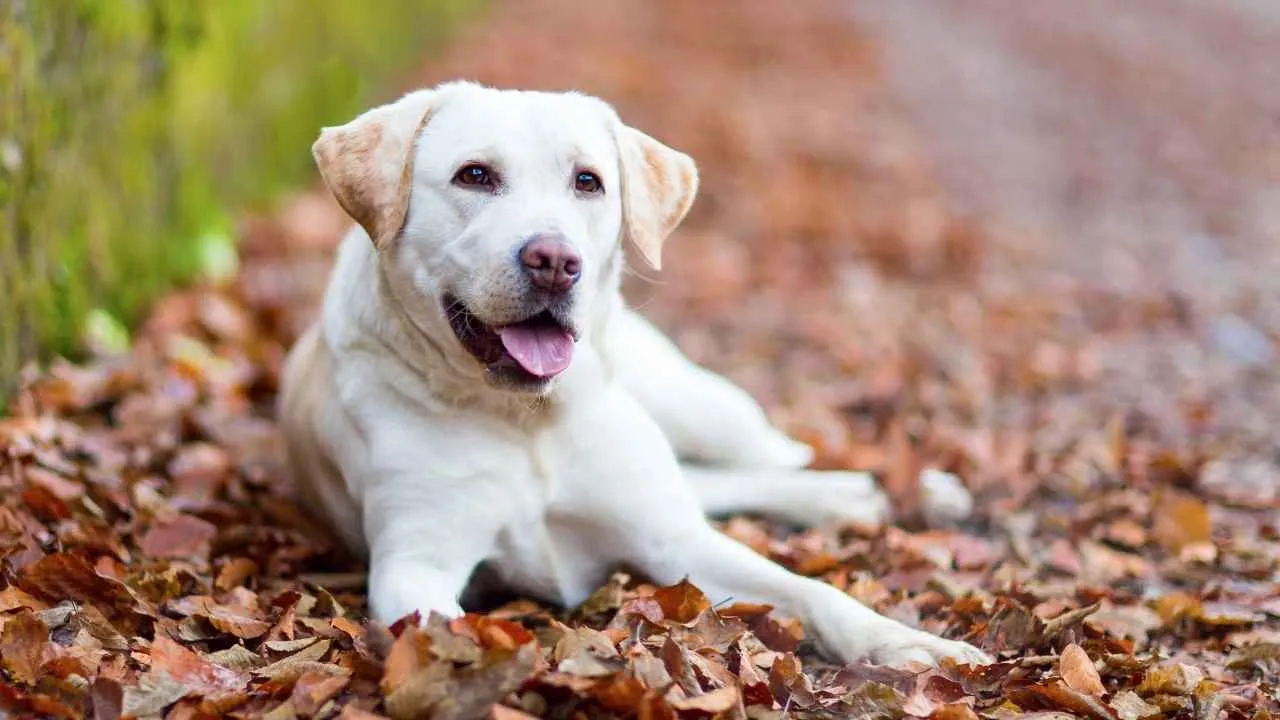
Don’t be fooled by that goofy grin and waggy tail—Labradors are elite athletes disguised as snack-loving goofballs. The Labrador Retriever ranks as one of the most beloved and popular dog breeds in the United States.
These hunting dogs were literally bred to retrieve game from water, so that ball you threw? They will bring it back. Again. And again. And again… forever.
Labrador Retrievers are wonderful family companions thanks to their affectionate nature, patience, and ability to get along well with both children and other dogs. While Labradors are friendly and get along well with almost everyone, their boundless energy and powerful, wagging tails can unintentionally knock over toddlers or small children.
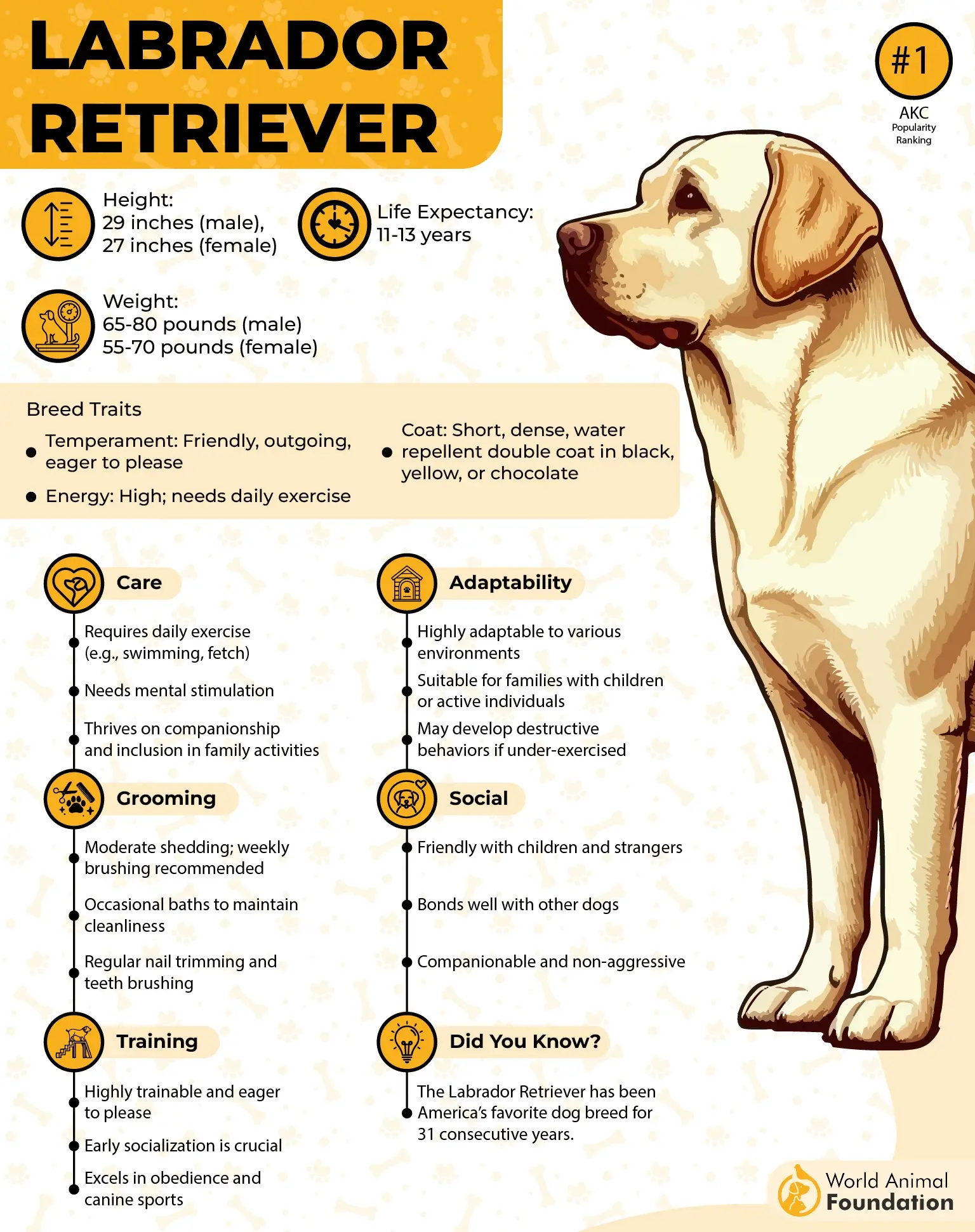
According to the AKC, the Labrador is a spirited athlete that needs plenty of exercise, such as swimming and long sessions of fetch, to stay both physically and mentally healthy.
Purina says that they’re eager to please and easy to train, which is probably why Labs are top students in obedience classes (and also star employees in search and rescue, therapy, and guide dog gigs). Honestly, they’d help you file your taxes if they had thumbs.
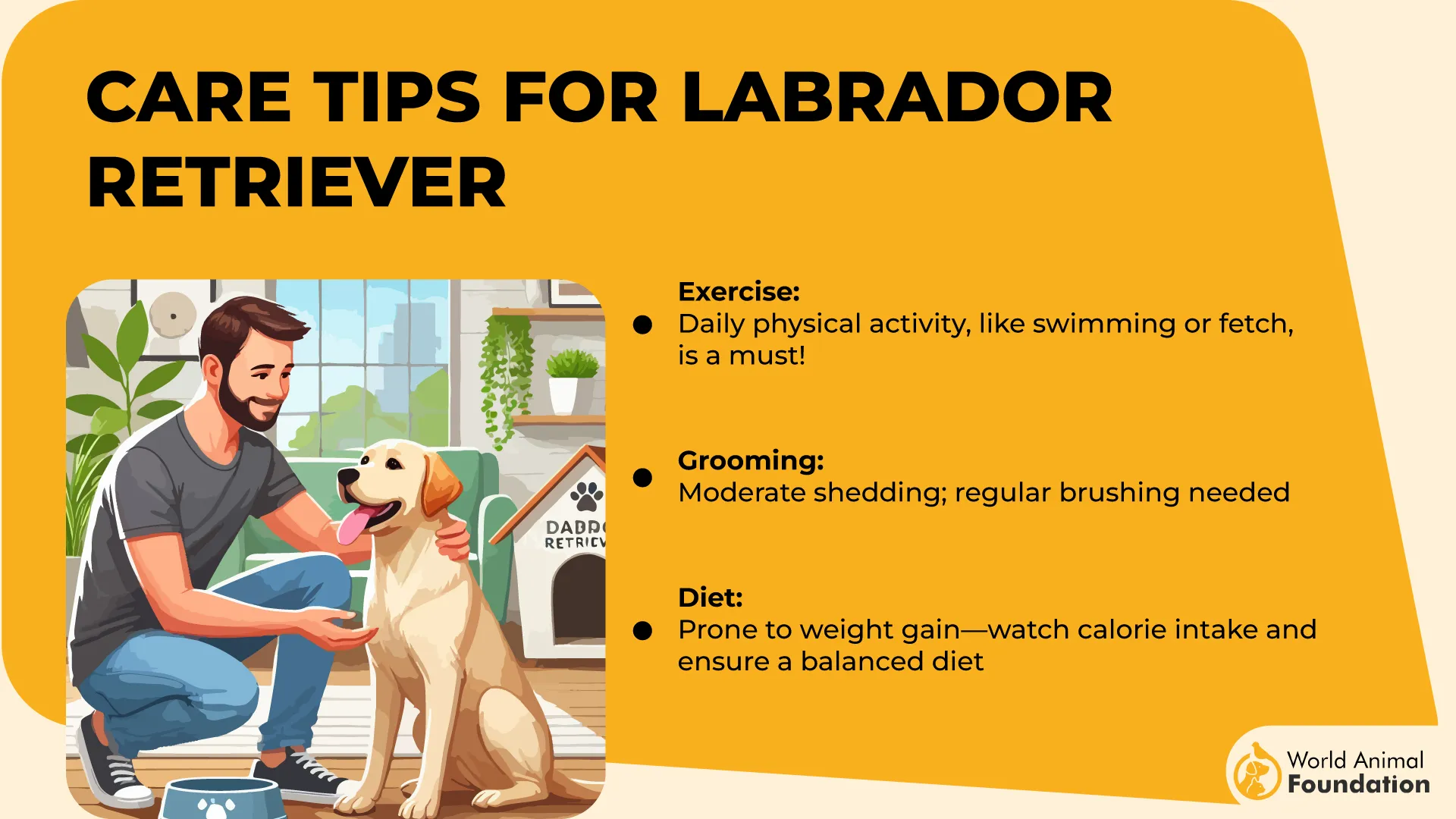
Pros of having this active breed
Friendly and social with family members and pets
Easy to train and very food-motivated
Versatile—great as family dogs, service animals, or hunting partners
Loves water and outdoor play
Cons of having this active breed
High energy that needs a daily outlet
Can become destructive if bored
Prone to obesity if overfed and under-exercised
Sheds a lot
3. Vizsla
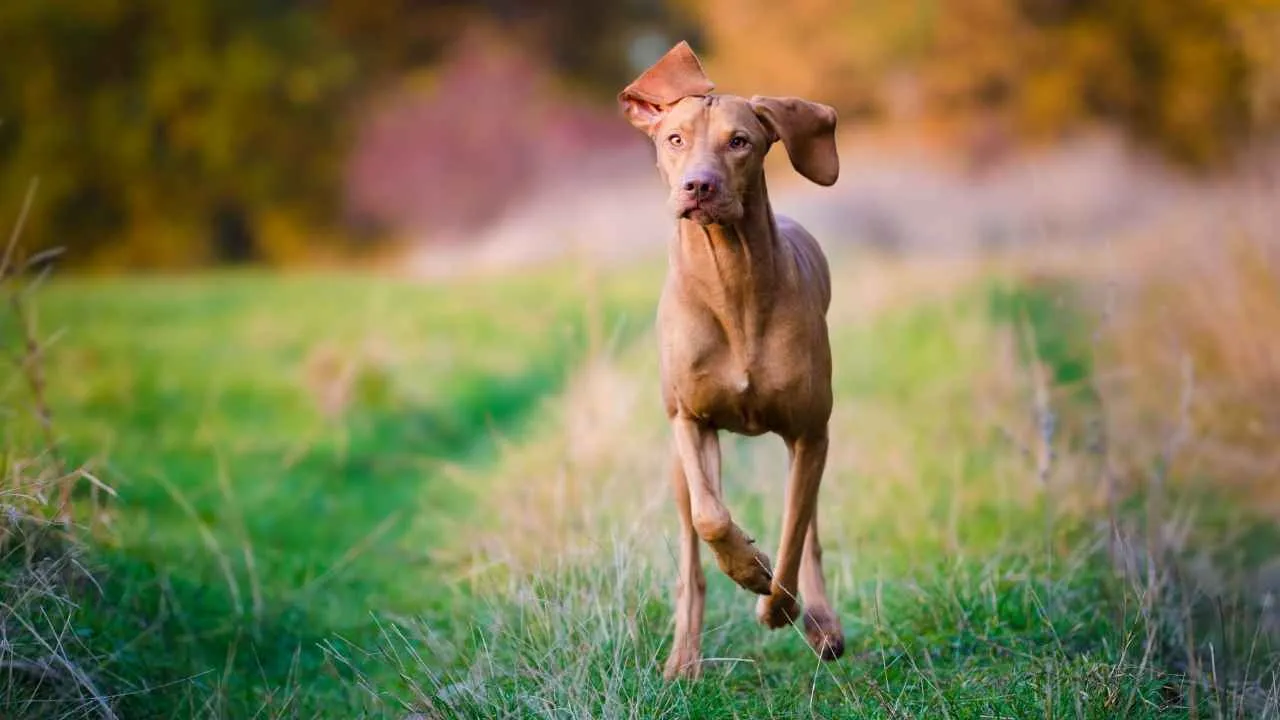
Ah, the Vizsla. Sleek, elegant, and often mistaken for a Weimaraner’s long-lost cousin, these Hungarian hotties are built for speed and cuddles. Originally bred to be both pointers and retrievers, Vizslas have boundless energy and a heart three sizes too big.
These high-energy dog breeds don’t just want to be with you—they need to be with you. Bathroom breaks? They’re in. Work meetings? They’ll attend. Gym sessions? Oh, they’re ready. In fact, they’re so clingy they’re nicknamed “Velcro dogs.” Warning: You will never pee alone again.
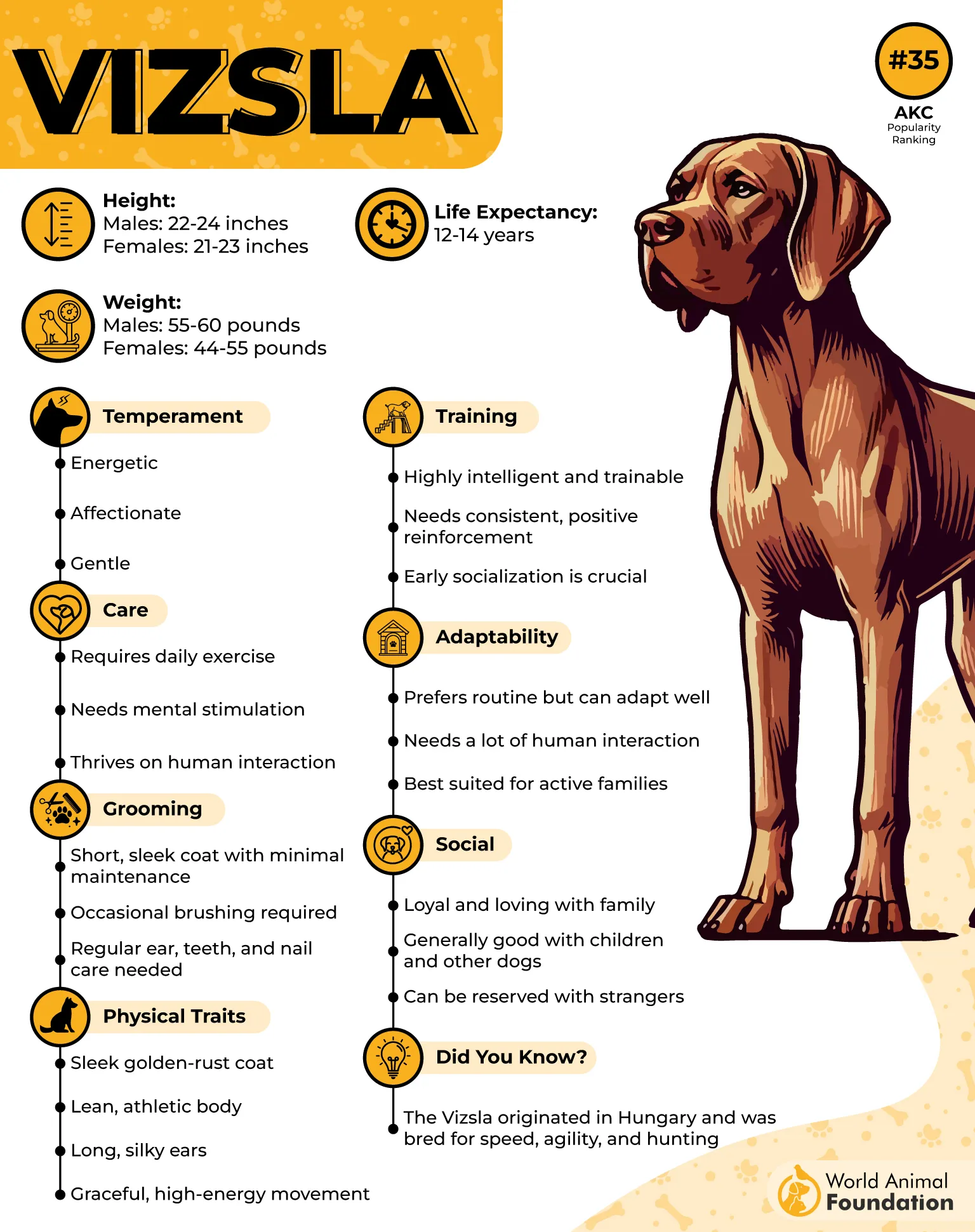
Extremely friendly and loyal companions, Vizslas make excellent family pets, especially in households with children. These dogs love mental challenges, and if they don’t receive enough attention, they may become bored, leading to behaviors like chewing or rummaging through closets and cupboards.
A Vizsla requires a minimum of seven hours of exercise each week and enjoys activities like walking, jogging, running, and swimming to stay fit and happy.
Pros of having this active breed
Extremely affectionate and loyal (“Velcro dogs”)
Athletic and loves outdoor adventures
Quick to learn commands
Elegant and eye-catching breed
Cons of having this active breed
Very clingy—hates being left alone
Needs lots of exercise daily
Can be overly sensitive
May be mistaken for other breeds (prepare for lots of “Is that a Weimaraner?”)
4. Greyhounds
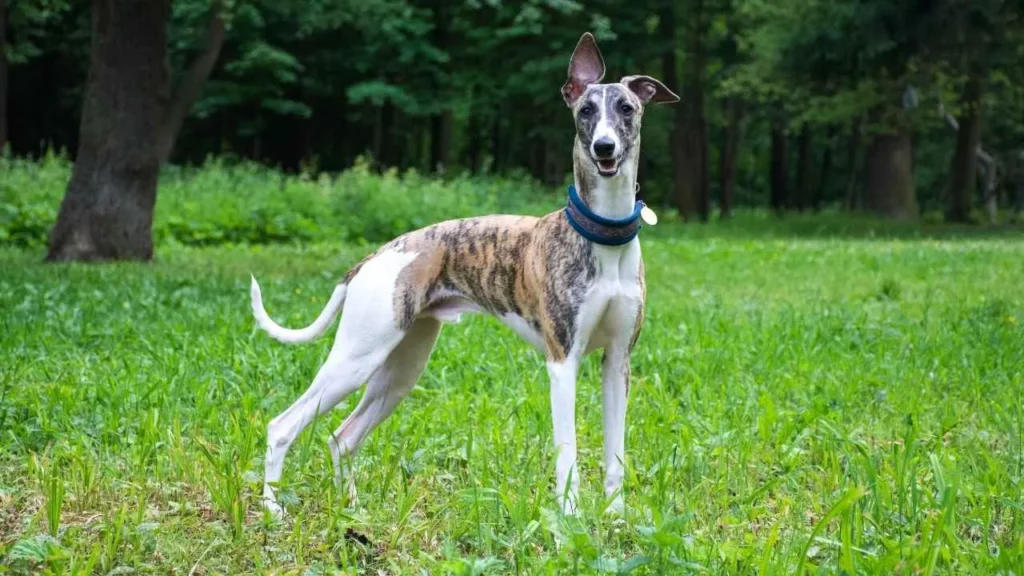
Think all high-energy dogs are bouncy and chaotic? Enter the Greyhound: The Ferrari of the dog world—fast, sleek, and surprisingly into naps. Sure, they can hit 45 mph in a sprint, but after a good zoom, they transform into couch potatoes faster than you can say “walk?”
Greyhounds have short fur that is low-maintenance. They come in about 30 recognized color variations, including combinations or single colors such as white, brindle, fawn (ranging from pale tan to dark red), black, red, and blue (gray).

Greyhounds have a great temperament, but their sensitive nature makes them best suited for quieter, calmer homes. More independent than many other breeds, they are comfortable being left alone at times. They are known for being one of the least aggressive dog breeds, showing a gentle and calm demeanor towards strangers, their owners, and other dogs.
These former race-track stars are like athletes in retirement—give them a daily burst of proper exercise, and they’re content to snooze the rest of the day like it’s their job. Low maintenance, low drama, high-speed elegance.
Pros of having this active breed
Surprisingly low-maintenance indoors
Gentle and quiet
Excellent for people who like short bursts of activity
Adaptable to apartment living
Cons of having this active breed
May chase small animals (strong prey drive)
Thin coat—not great for cold weather
Not always super affectionate
Needs secure areas to run safely
5. Boxer
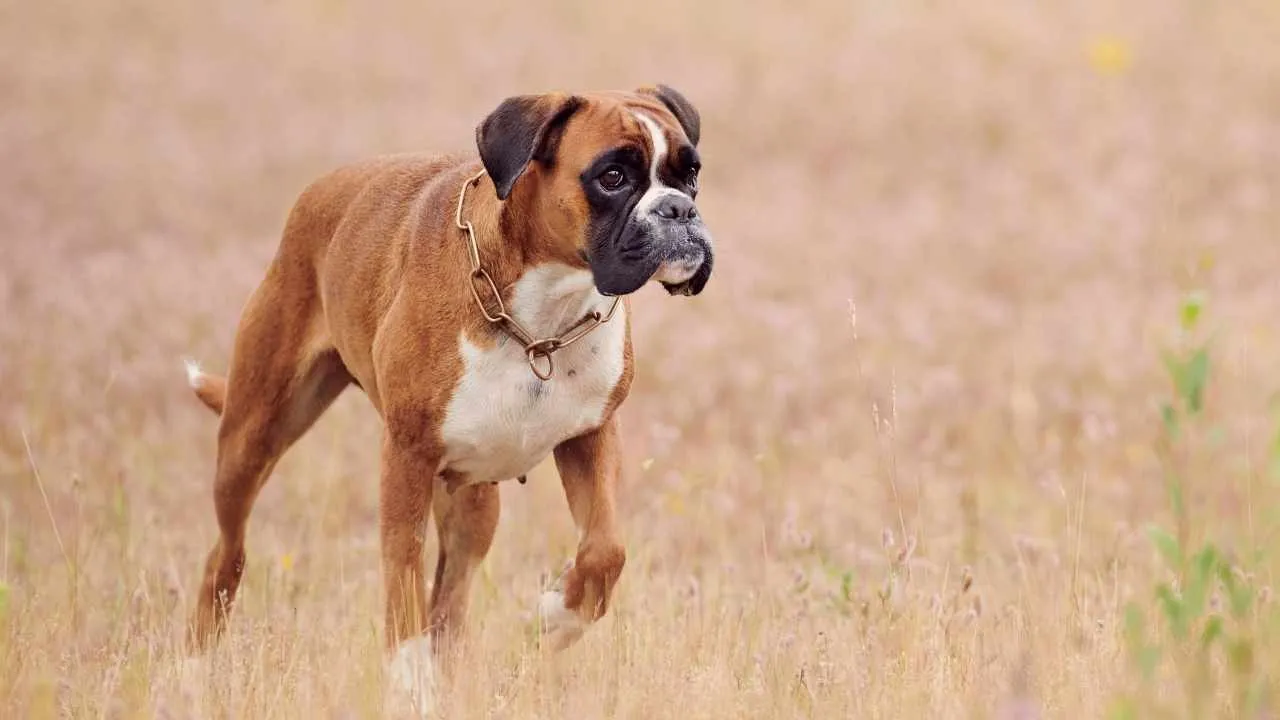
Boxers are the jocks of the dog world—muscular, enthusiastic, and often acting like oversized puppies who just discovered legs. With a heart as big as their paws, they’re goofy, loyal, and brimming with energy.
They are classified as a medium-sized breed, typically weighing between 65 and 80 pounds, with an average height ranging from 21 to 25 inches. Boxers typically have a lifespan of 10 to 12 years. As a brachycephalic (flat-faced) breed, they are prone to overheating and breathing difficulties due to their unique facial structure.
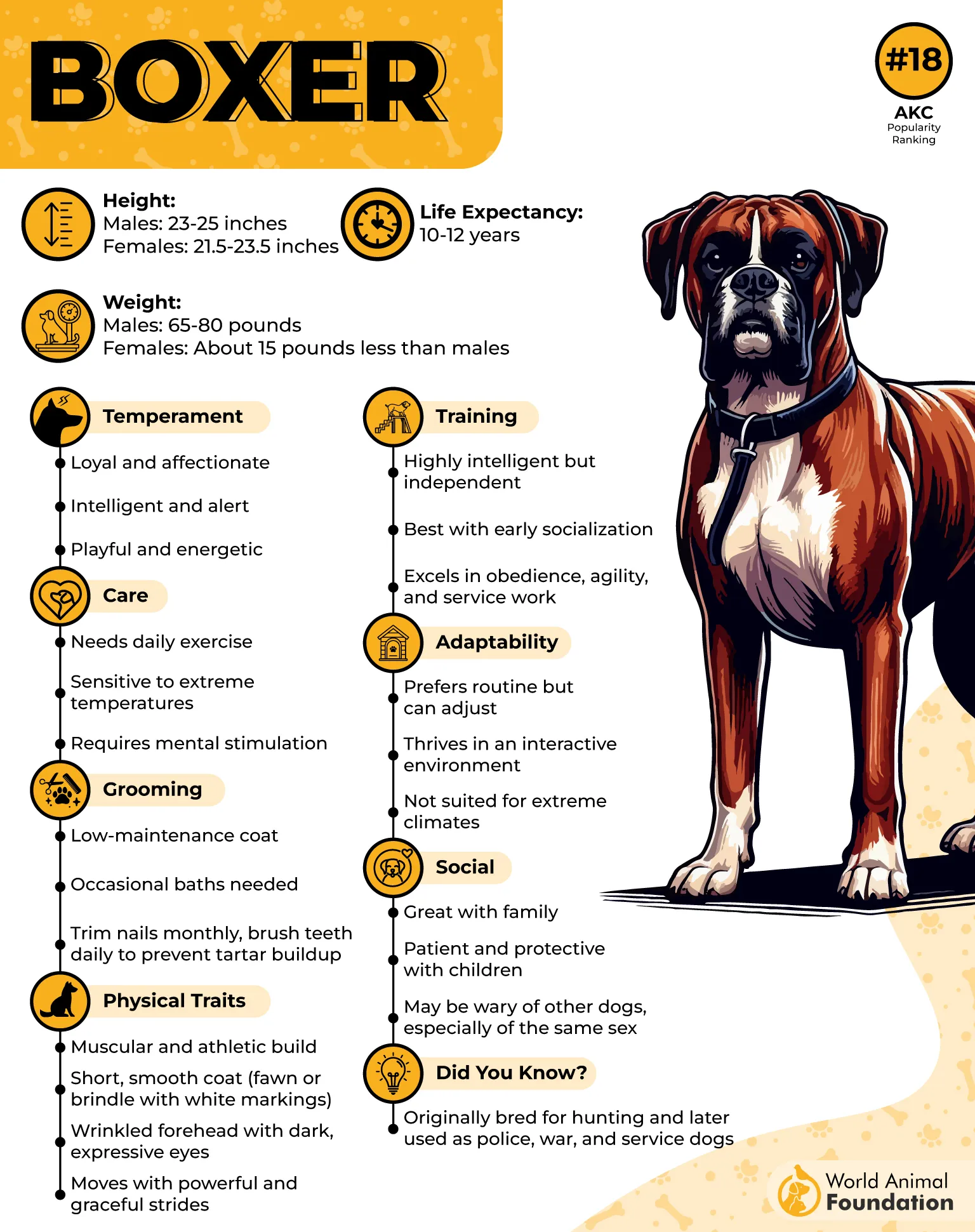
Due to their hunting background, Boxers have a strong prey drive and may be inclined to chase birds or small mammals. They should be kept on a leash or in a securely fenced area when outdoors, and introductions to smaller pets, like cats, should be done gradually and carefully.
They need between 30 minutes to two hours of exercise each day and can excel in dog sports like rally, agility, and lure coursing.
Training them can be like convincing a toddler to sit through a tax seminar: tough, but not impossible. Yes, they’re stubborn, yes, they’re wild at times—but crack the code, and you’ve got a best friend who can hike, jog, guard your home, and probably steal your sandwich with charm.
Pros of having this active breed
Energetic and playful—great with kids
Protective and loyal
Makes an excellent workout buddy
Comical and entertaining personality
Cons of having this active breed
Can be stubborn and tough to train
Needs consistent discipline and exercise
Tends to drool and snore
Easily excitable—may overwhelm small children or the elderly
6. Golden Retriever
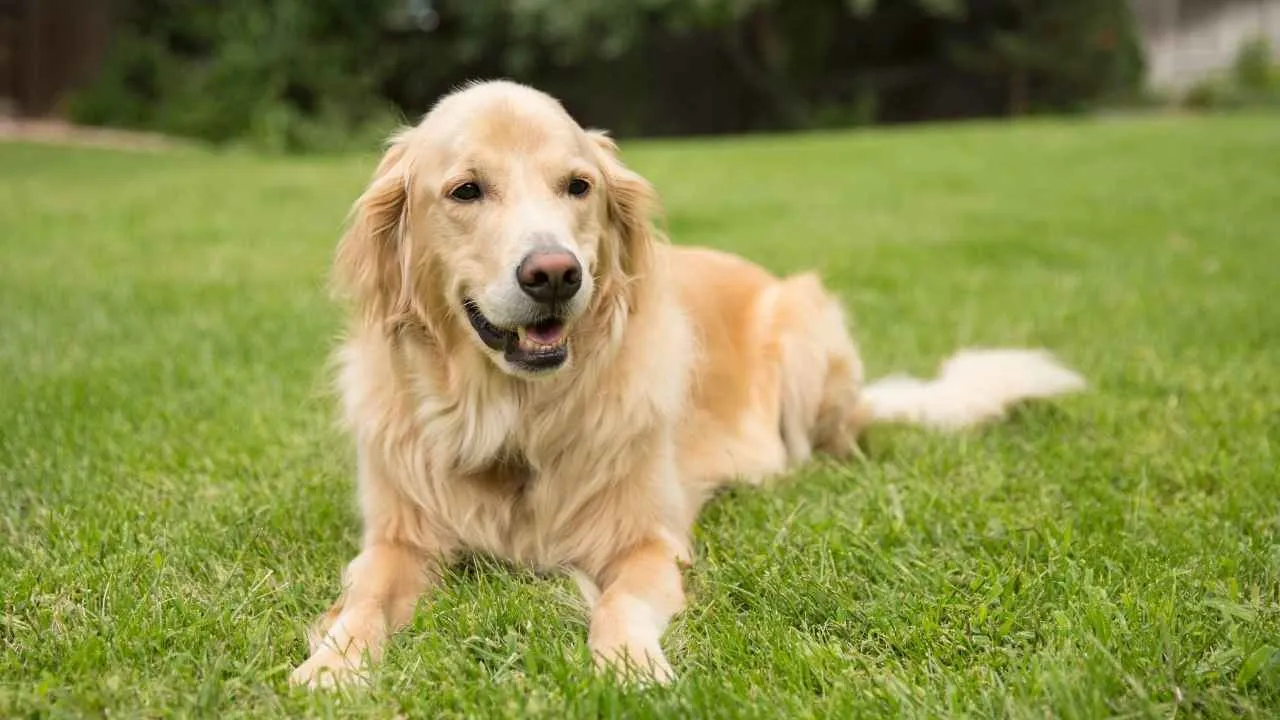
Golden Retrievers are basically the golden boys of the dog park—smart, sweet, sporty, and obsessed with human approval. These high-energy dogs were originally bred for hunting, but now mostly excel at fetching tennis balls and being everyone’s emotional support animal.
Golden Retrievers are highly intelligent, making them easy to train from a young age. Their trainability also allows them to excel as therapy dogs, guide dogs, or even search-and-rescue dogs.
These medium-sized dogs are full of energy and need plenty of physical exercise and mental stimulation to stay happy and healthy. However, if they become bored, they may resort to undesirable behaviors to entertain themselves.
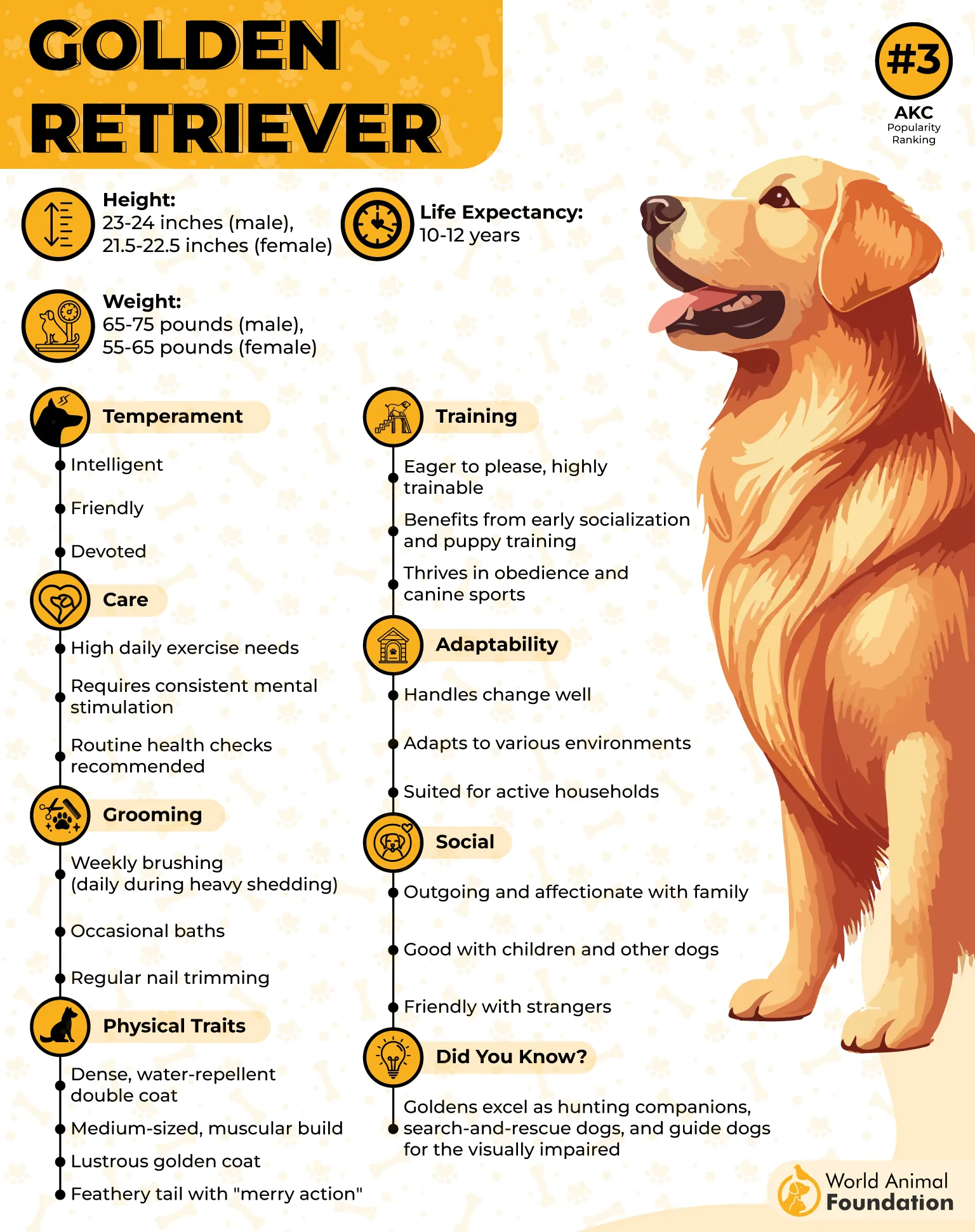
They are generally friendly dogs that get along well with children, other pets, and even strangers. They love being the center of attention and enjoy getting lots of pets and affection. These lovely dogs form strong bonds with their families, making them loyal and great companions.
They’re too friendly to guard anything (your burglar might leave with a new best friend), but they’re perfect for families, first-time dog owners, and anyone who enjoys being followed around like a celebrity.
Pros of having this active breed
Friendly, patient, and great with kids
Easy to train and intelligent
Excellent therapy or service dogs
Eager to please and social
Cons of having this active breed
High shedding and grooming needs
Needs a lot of regular exercise
Not a good guard dog—too friendly!
Can get bored and chew when not stimulated
7. Siberian Husky
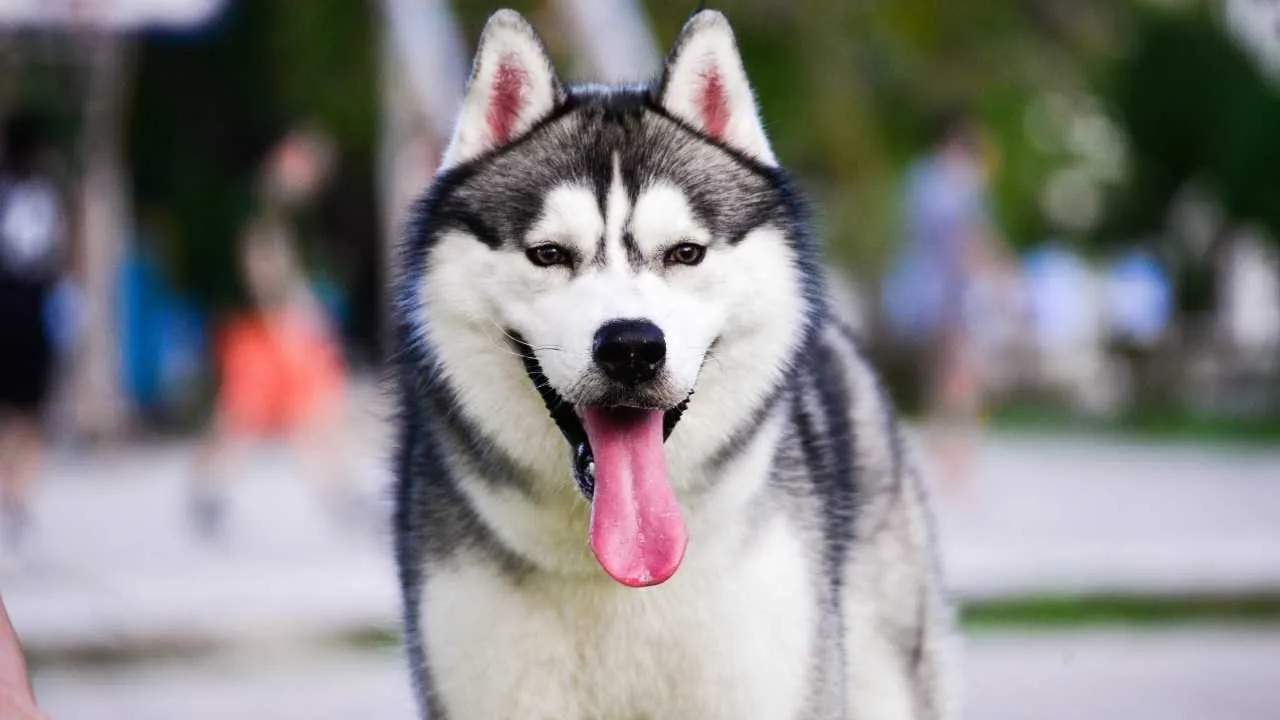
Imagine owning a wolf, a stand-up comedian, and a professional escape artist—all rolled into one. That’s a Husky. With their ice-blue eyes and dramatic flair, fluffy Huskies are born to run…and run…and run. And probably chew your shoes when bored.
The Siberian Husky is an medium sized active, independent, and playful breed with a mischievous streak. They get along relatively well with other dogs and pets and are friendly toward strangers.
Due to their sociable nature, Huskies don’t make great guard dogs. While they enjoy the company of people of all ages, their independence and strength make them less suited as walking companions for children or seniors.
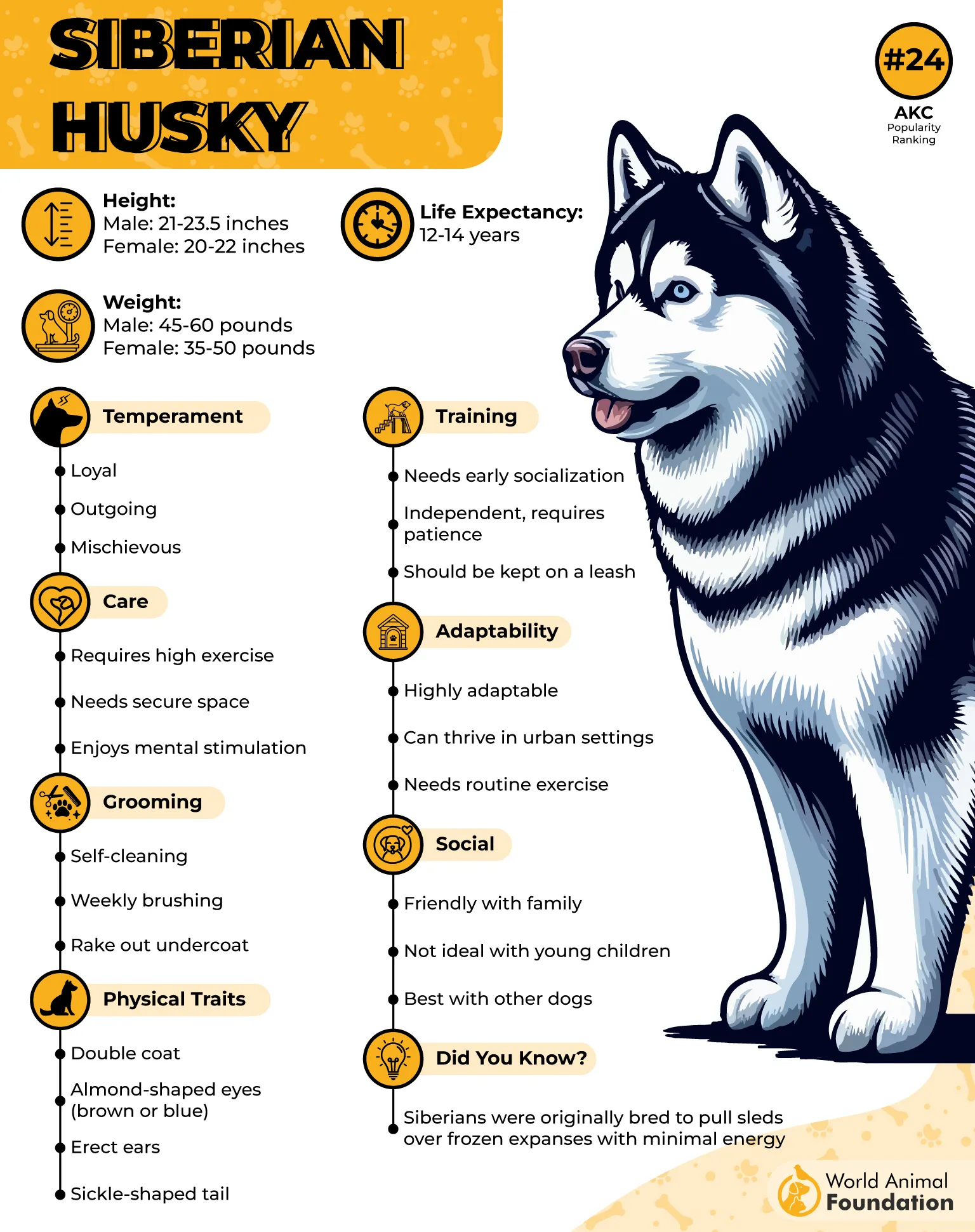
According to Britannica, Siberian Huskies are known for causing damage to homes when not given enough exercise or when left alone for extended periods. Young Huskies, in particular, can be prone to destructive behaviors and should be kept in a damage-proof area when unsupervised.
They need a solid 1-2 hours of hardcore exercise daily—or they’ll redecorate your house with teeth and attitude. Huskies aren’t the clingy type; they’re affectionate but independent, like that roommate who says “morning” and then disappears on a 10-mile hike.
Pros of having this active breed
Beautiful, striking appearance
Energetic and fun-loving
Great endurance and loves outdoor activities
Friendly with people and other dogs
Cons of having this active breed
Extremely high energy—needs 1–2 hours of daily exercise
Known escape artists
Not reliable off-leash (prey drive and independence)
Sheds a lot—blows coat seasonally
Conclusion
The most active dog breeds—such as the Australian Cattle Dog, German Shorthaired Pointer, Jack Russell Terrier, Belgian Malinois, Doberman Pinscher, and Australian Shepherd—are ideal for active individuals, outdoor enthusiasts, and active families who enjoy long walks, playing fetch, and engaging in canine sports like agility training. These high-energy breeds have a natural drive to move, work, and learn, making them great companions for an active lifestyle.
Many of these breeds were originally developed as working dogs or war dogs, with strong herding instincts and a high energy level that demands more exercise, frequent play sessions, and consistent training sessions. A Doberman enjoys exercising, a German Shorthaired Pointer thrives on new tricks, and a properly bred Australian Cattle Dog can retain training and excel in challenging activities.
Whether you’re an active person or part of an active family, these dogs make the perfect companion when their needs for physical and mental stimulation are met. Not only do they benefit from spending time outdoors, but their high activity level also contributes to their overall health and happiness.


